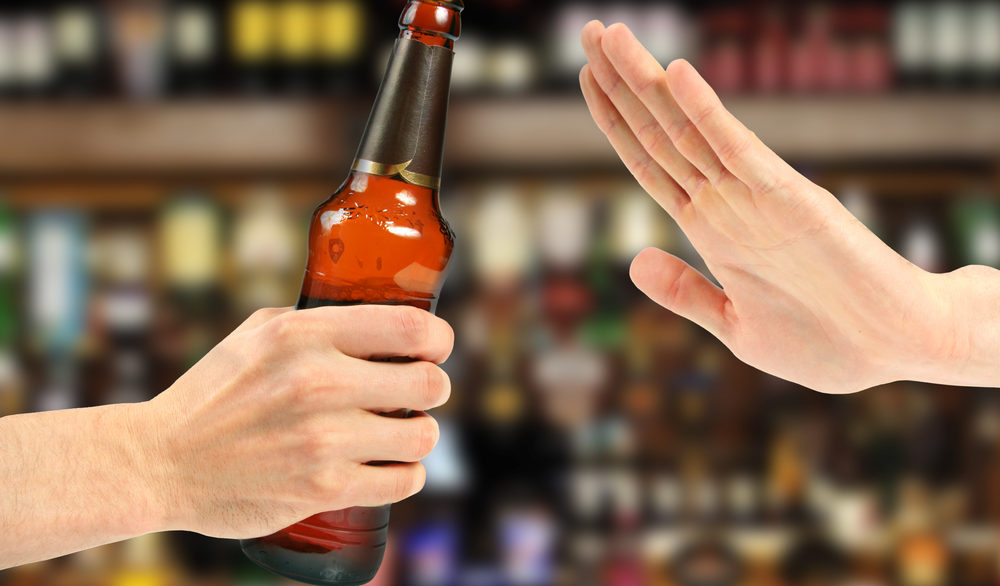In the fight against alcoholism, anti-alcohol drugs can be a powerful tool. Like Prozac was to depression 30 years ago, anti-alcohol drugs such as naltrexone, topiramate, disulfiram and acamprosate are changing the way mental health and medical professionals are treating alcohol addiction. As researchers dive deeper into understanding how these drugs work, evidence shows that each drug is best suited for specific cases.
Naltrexone (Revia, Vivitrol)
Naltrexone is an anti-alcohol drug that is used to reduce cravings by blocking the pleasurable effects of alcohol. Normally alcohol triggers endorphin receptors in the brain that give the drinker a pleasurable experience. Naltrexone blocks these receptors so alcohol is no longer the source of good feelings, putting an end to the cycle of pleasure-seeking that results in alcohol addiction. It is available in a daily pill or once-per-month injection. Preliminary research shows that naltrexone works best for individuals with a family history of alcoholism and may also be useful for treating other forms of substance abuse and addiction.
Topiramate (Topamax)
Topiramate is an off-label drug when used for the treatment of alcoholism. It was developed as a seizure medication, but its effects also seem to benefit long-term alcohol users who are struggling to abstain. Topiramate reduces alcohol cravings and, in conjunction with other treatments such as counseling and group therapy, can increase the chances of successful recovery. Though researchers are still investigating how well topiramate works for the average alcohol user, initial findings suggest that it may be most effective for individuals who have tried to quit drinking but have relapsed repeatedly.
Disulfiram (Antabuse)
Disulfiram has been used as a tool in aversion therapy since 1951. While taking disulfiram, the body is unable to metabolize alcohol. Drinking alcohol while taking disulfiram will cause a number of unpleasant side effects, like low blood pressure, headache, dizziness, nausea and vomiting. Ideally, the side effects will be associated with drinking and the individual will no longer want to drink. However, some people associate the side effects with disulfiram and simply stop taking the medication. Unlike other anti-alcohol drugs, disulfiram does not treat alcohol cravings.
Acamprosate (Campral)
Acamprosate is an anti-alcohol drug that helps lessen the unpleasant symptoms of alcohol withdrawal. It is an oral pill that should be taken three times per day. Acamprostate is intended to help make abstaining from alcohol for long periods of time easier. However, several studies disagree on how well the drug works and who benefits most from taking it.
If you think you or someone you know might benefit from anti-alcohol drugs, talk to your doctor about your treatment options and which may be best for you.
Sources
Aboujaoude, E. & Salame, W. O. (2016). Naltrexone: A pain-addiction treatment? CNS Drugs, 30(8), 719-733.
Drugs.com. (2014). Antabuse.
https://www.drugs.com/antabuse.html
Miranda, R., MacKillop, J., Treloar, H., Blanchard, A., Tidey, J. W., Swift, R. M., Chun, T., Rohsenow, D. J., & Monti, P. M. (2014). Biobehavioral mechanisms of topiramate’s effects on alcohol use: an investigation pairing laboratory and ecological momentary assessments. Addiction Biology, 21(1), 171-182.
Osterweil, N. & Chang, L. (n.d.) Fighting Alcoholism with Medications.
http://www.webmd.com/mental-health/addiction/features/fighting-alcoholism-with-medications








